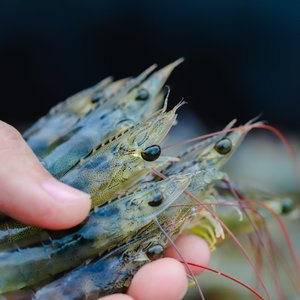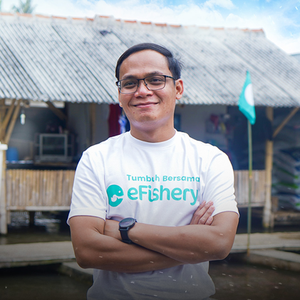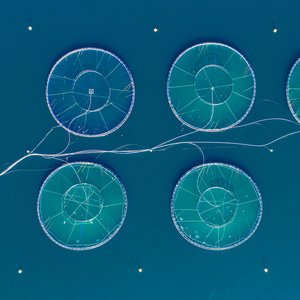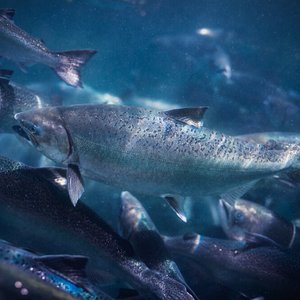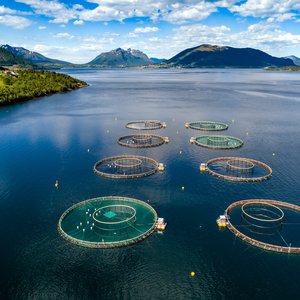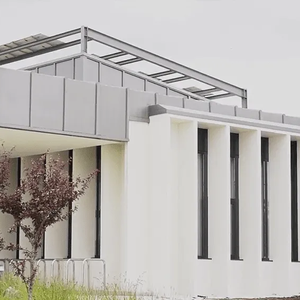The Aquaculture Stewardship Council (ASC) and Sustainable Fisheries Partnership (SFP) have released a new roadmap for landscape-level improvements in aquaculture.
Offering a practical pathway to scale sustainability in aquaculture by aligning and empowering stakeholders across regions through innovative, landscape-level solutions, the roadmap is presented in an easy-to-read interactive document.
The roadmap is the result of a Walmart Foundation grant to SFP focused on the Indian shrimp sector in the state of Andhra Pradesh, entitled “Building a foundation for landscape-level improvements in India,” part of a larger project on “Addressing the carbon and biodiversity impacts of aquaculture by motivating responsible aquaculture practices at scale.” SFP worked with ASC on the project, which combined an examination of landscape and jurisdictional initiatives with firsthand field learning from the Andhra Pradesh farmed shrimp industry to untangle the challenges to delivering incentives and driving environmental improvements at scale.
Jill Swasey, ASC Director of impacts, said that “landscape approaches elevate the environmental and social performance of the region, reducing barriers and providing farmers with the opportunities to drive improvements, but this must rely on local expertise and organizations working in the sector. Demonstrating these collective improvements will deliver impacts at scale.”
Why a landscape approach matters
Aquaculture is rapidly expanding as a sustainable and nutritious food source, but only about half of global production meets recognized sustainability standards, largely due to challenges faced by small-scale producers. The landscape approach offers a collaborative solution by uniting stakeholders like farmers, governments, NGOs, and the private sectors to improve environmental and social outcomes across entire regions, complementing rather than replacing existing certifications and initiatives.
A key focus of the work in Andhra Pradesh was collaboration with and support for local institutions and organizations. “Everything we do in-country should be done by local institutions, and there is tremendous local capacity in Andhra Pradesh,” said SFP Chief Executive Officer Jim Cannon. “Our role is just to connect the dots and work through established local players.”
Mr. Mohan, Managing Partner, Seafood Solutions, said, “Our collaboration with the ASC and SFP team was a great experience, allowing us to build on our strengths and focus on the importance of effective stakeholder engagement and data synthesis for identifying actionable opportunities in shrimp aquaculture. Engaging with the Dakshin Foundation team also allowed us to better understand the perspectives of NGOs focused on social issues. We are eager to see this work put to use and hope it will lead to targeted recommendations and the piloting of sustainable solutions in collaboration with industry partners.”
Case in point: Shrimp farming in Andhra Pradesh
Shrimp is now the most consumed seafood in the U.S. and one of the top choices in the EU, driving growing global demand. India, especially Andhra Pradesh, has become a major producer, yielding nearly 1 million metric tons annually, mainly through smallholder farms under two hectares.
As Andhra Pradesh aims to expand its aquaculture area significantly by 2030, this rapid growth poses risks to ecosystems and local communities. This roadmap uses shrimp farming in the region as a pilot to demonstrate how landscape-level approaches can address these challenges by integrating sustainability and enhancing local governance, ensuring long-term resilience for both the industry and the communities it supports.
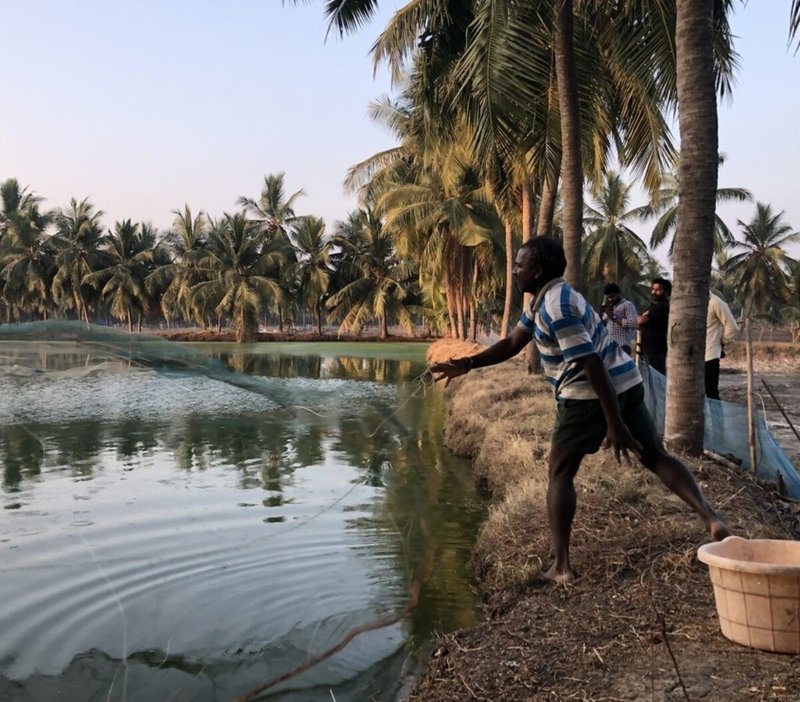
Credits: Sustainable Fisheries Partnership (SFP)
A practical and inclusive roadmap
The roadmap includes:
- A step-by-step framework: Practical guidance for developing and implementing landscape-level aquaculture improvement projects (AIPs), adaptable globally.
- Application case study: Lessons from implementing the approach in Andhra Pradesh.
- Multi-stakeholder and holistic focus: Encouraging collaboration across the supply chain, civil society, and government.
- Integration with global frameworks: Drawing from leading bodies of work such as the Global Sustainable Aquaculture Roadmap and the Guidelines for Seafood Jurisdictional Initiatives.
Beyond the farm: Toward systemic change
This initiative marks a shift from farm-level improvements to systems-level change, recognizing that shared landscapes—and the people and ecosystems within them—are interconnected. By aligning incentives, decreasing risk and input costs, and improving shrimp survival through better practices and technology, this model offers a scalable and impactful solution.
The roadmap is iterative, with each step designed to be refined and revisited as conditions evolve, ensuring long-term sustainability and inclusivity.
“In Andhra Pradesh, it was inspiring to see a coalition of local social, environmental, and aquaculture experts come together to lay the groundwork for holistic improvements to the farmed shrimp sector. I encourage other organizations to apply the roadmap in different regions and commodities to identify what improvements are needed, where they’re needed, and who can drive them forward,” said SFP Aquaculture Information Manager Paul Bulcock.



